Home>Gardening & Outdoor>Landscaping Ideas>How Long Will Artificial Grass Last
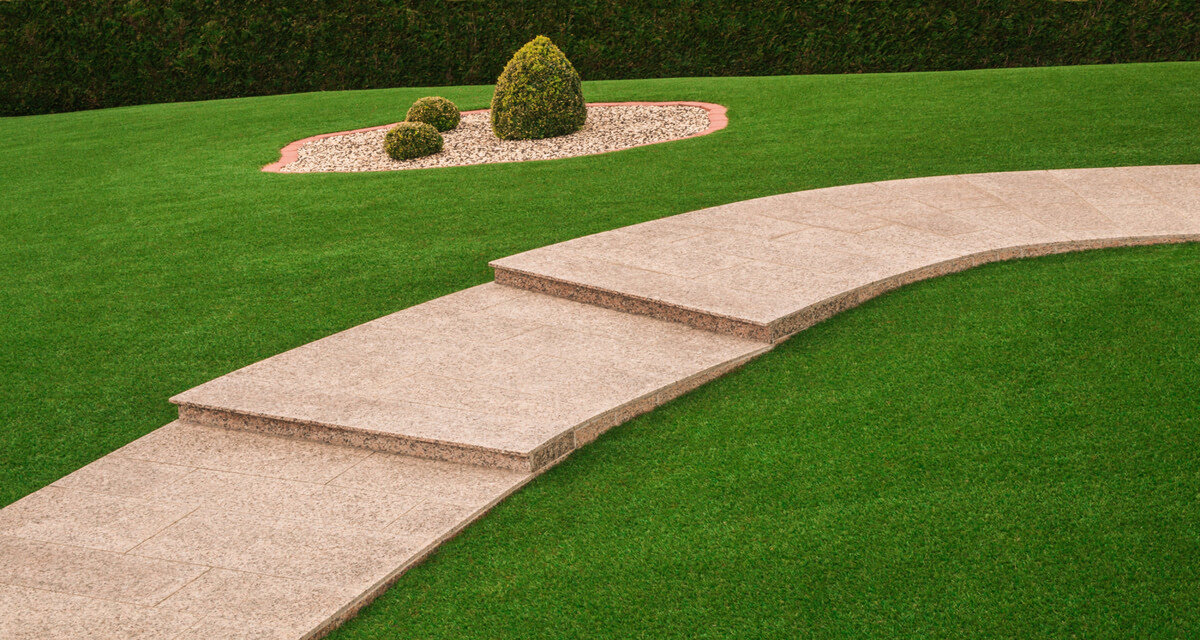

Landscaping Ideas
How Long Will Artificial Grass Last
Published: January 24, 2024
Discover the longevity of artificial grass and its durability for landscaping ideas. Learn how long it can last and its benefits for your outdoor space.
(Many of the links in this article redirect to a specific reviewed product. Your purchase of these products through affiliate links helps to generate commission for Storables.com, at no extra cost. Learn more)
Introduction
Artificial grass has gained popularity as a low-maintenance and visually appealing alternative to natural grass. As more homeowners and businesses opt for this synthetic landscaping solution, it’s essential to understand the factors that contribute to the longevity of artificial grass. By exploring the key elements influencing its lifespan and the necessary maintenance practices, individuals can make informed decisions about incorporating artificial grass into their outdoor spaces.
Let’s delve into the various factors that affect the durability of artificial grass, the importance of regular maintenance, and the environmental impact of this innovative landscaping option.
Key Takeaways:
- Artificial grass longevity depends on quality, usage, climate, installation, and maintenance. Choose high-quality materials, maintain it regularly, and consider environmental impact for a lasting, vibrant outdoor landscape.
- To make artificial grass last, brush regularly, control weeds, remove debris, manage pet waste, maintain infill, and inspect periodically. Consider its environmental impact for sustainable landscaping practices.
Read more: How Long Will Trex Decking Last
Factors Affecting the Longevity of Artificial Grass
Several factors play a crucial role in determining the lifespan of artificial grass, ultimately influencing its durability and performance over time.
- Quality of Materials: The longevity of artificial grass is heavily dependent on the quality of materials used in its construction. High-grade synthetic fibers, resilient backing, and effective UV stabilization contribute to a longer lifespan, ensuring the grass retains its color and structural integrity despite prolonged exposure to the elements.
- Usage Intensity: The frequency and intensity of foot traffic on artificial grass can impact its longevity. Areas subject to heavy use, such as sports fields or playgrounds, may experience more rapid wear and tear compared to residential lawns with minimal activity. Selecting artificial grass designed to withstand specific usage demands is essential for maximizing its lifespan in high-traffic areas.
- Climate Conditions: The local climate significantly influences the longevity of artificial grass. Prolonged exposure to intense sunlight, extreme temperatures, or excessive moisture can affect the grass’s appearance and structural integrity over time. Choosing artificial grass engineered to withstand the specific climate conditions of the installation site is crucial for ensuring optimal longevity.
- Installation Quality: The expertise and precision employed during the installation process directly impact the longevity of artificial grass. Proper sub-base preparation, meticulous seam integration, and secure anchoring contribute to the grass’s stability and longevity. Professional installation by experienced contractors is essential for maximizing the lifespan of artificial grass.
- Maintenance Practices: Diligent and appropriate maintenance significantly extends the lifespan of artificial grass. Regular brushing to prevent matting, proactive weed control, and prompt removal of debris and pet waste are essential for preserving the grass’s aesthetics and structural integrity. Additionally, periodic inspections and infill rejuvenation help mitigate wear and ensure the grass maintains its resilience over time.
Understanding these critical factors is paramount for individuals considering the installation of artificial grass, as it enables them to make informed decisions regarding the selection, installation, and maintenance of this synthetic landscaping solution.
Maintenance and Upkeep
Effective maintenance practices are indispensable for preserving the longevity and visual appeal of artificial grass. By adhering to a structured maintenance regimen, property owners can mitigate wear and ensure the grass retains its pristine condition over an extended period.
Here are essential maintenance tasks that contribute to the longevity of artificial grass:
- Regular Brushing: Periodic brushing of the artificial grass fibers is crucial for preventing matting and maintaining a lush, natural appearance. This practice also helps redistribute infill and ensures uniform resilience across the entire surface.
- Weed Control: Vigilant weed control is essential to prevent invasive plants from compromising the integrity of the artificial grass. Promptly addressing any signs of weed growth is vital for preserving the grass’s aesthetics and structural stability.
- Debris Removal: Regular removal of leaves, twigs, and other debris from the artificial grass surface prevents organic matter from accumulating and potentially causing discoloration or drainage issues. Utilizing a leaf blower or gentle raking is effective in maintaining a debris-free lawn.
- Pet Waste Management: For artificial grass installations in pet-friendly environments, prompt removal of pet waste is crucial to prevent odor buildup and maintain a hygienic outdoor space. Rinsing the affected area and utilizing pet-specific artificial grass cleaners help ensure cleanliness and longevity.
- Infill Maintenance: The infill material within artificial grass installations may require periodic rejuvenation to uphold optimal resilience and stability. Professional infill redistribution and top-up services help mitigate compaction and ensure the grass maintains its intended performance characteristics.
- Periodic Inspections: Regular visual inspections of the artificial grass surface enable property owners to identify any issues promptly. From seam integrity to drainage functionality, thorough assessments facilitate early intervention and prevent minor concerns from escalating into significant maintenance challenges.
By integrating these essential maintenance practices into their routine upkeep efforts, property owners can safeguard the longevity and visual allure of their artificial grass, ensuring a vibrant and enduring outdoor landscape.
Artificial grass can last 15-25 years with proper maintenance. Regular cleaning, brushing, and avoiding heavy furniture or sharp objects can help extend its lifespan.
Environmental Impact
Artificial grass presents a range of environmental considerations, encompassing its production, usage, and end-of-life management. Understanding the ecological implications of artificial grass installations is essential for making informed decisions and implementing sustainable practices within outdoor environments.
Here are key aspects related to the environmental impact of artificial grass:
- Resource Consumption: The production of artificial grass involves the utilization of various resources, including synthetic materials, energy, and water. Opting for eco-friendly manufacturing processes and sustainable material sourcing can mitigate the environmental footprint associated with artificial grass production.
- Water Conservation: One of the primary benefits of artificial grass is its minimal water requirements compared to natural turf. By significantly reducing water consumption for lawn maintenance, artificial grass installations contribute to water conservation efforts, particularly in regions prone to drought and water scarcity.
- Chemical Usage: The application of pesticides, herbicides, and fertilizers commonly associated with natural grass maintenance is eliminated with artificial grass, reducing chemical runoff and potential environmental contamination. This transition promotes a more eco-sensitive approach to outdoor landscaping practices.
- End-of-Life Disposal: Proper disposal and recycling of artificial grass materials at the end of their lifespan are critical to minimizing environmental impact. Environmentally responsible disposal methods, such as recycling the synthetic components and repurposing the backing materials, contribute to sustainable waste management practices.
- Heat Island Effect: The heat retention properties of artificial grass, particularly in urban environments, can contribute to the urban heat island effect. Employing innovative cooling technologies and selecting artificial grass with advanced heat dissipation features can mitigate this impact and promote a more thermally balanced outdoor environment.
- Biodiversity Preservation: While artificial grass eliminates the need for traditional lawn maintenance practices that can impact local flora and fauna, it’s essential to consider the potential effects on insect and microorganism habitats. Implementing biodiversity-friendly landscaping elements alongside artificial grass installations can support ecological balance and environmental sustainability.
By conscientiously addressing these environmental considerations, individuals and organizations can embrace artificial grass as a sustainable landscaping solution while implementing practices that minimize its ecological footprint and promote environmental stewardship.
Conclusion
Artificial grass offers a versatile and low-maintenance landscaping solution with the potential for long-term durability and aesthetic appeal. By considering the critical factors influencing its longevity, implementing effective maintenance practices, and addressing its environmental impact, property owners can make informed decisions regarding the integration of artificial grass into their outdoor spaces.
Understanding the interplay between material quality, usage intensity, climate conditions, installation precision, and maintenance diligence is crucial for maximizing the lifespan of artificial grass. Selecting high-quality materials tailored to specific usage demands, partnering with experienced installers, and adhering to structured maintenance regimens are essential for preserving the grass’s longevity and visual allure.
Furthermore, conscientious consideration of the environmental impact of artificial grass installations is pivotal for promoting sustainable landscaping practices. By prioritizing resource conservation, responsible end-of-life disposal, and biodiversity preservation, individuals can embrace artificial grass as an eco-sensitive landscaping solution while contributing to environmental stewardship efforts.
In essence, the longevity of artificial grass is intricately linked to proactive decision-making, diligent maintenance, and environmental mindfulness. By embracing these principles, property owners can enjoy enduring, vibrant outdoor landscapes while fostering sustainability within their communities.
Frequently Asked Questions about How Long Will Artificial Grass Last
Was this page helpful?
At Storables.com, we guarantee accurate and reliable information. Our content, validated by Expert Board Contributors, is crafted following stringent Editorial Policies. We're committed to providing you with well-researched, expert-backed insights for all your informational needs.

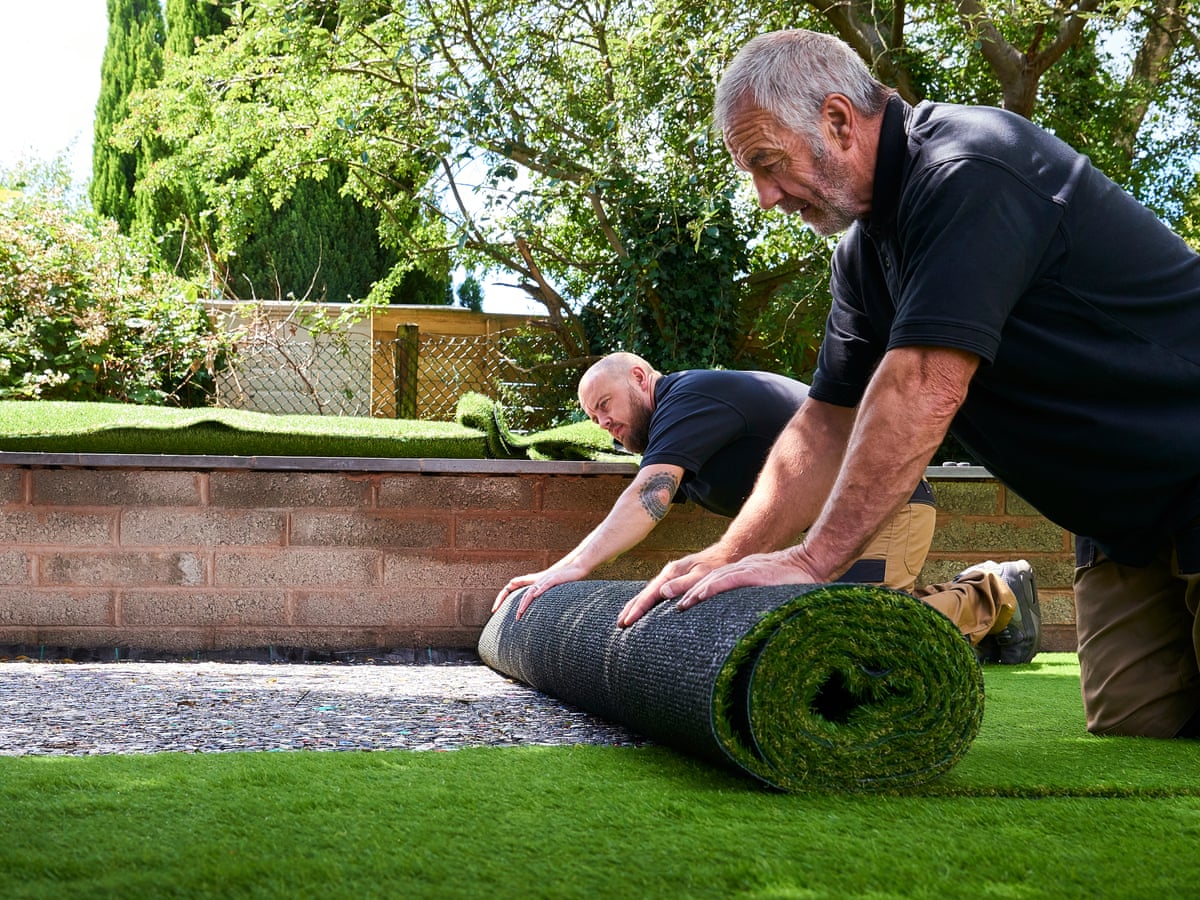

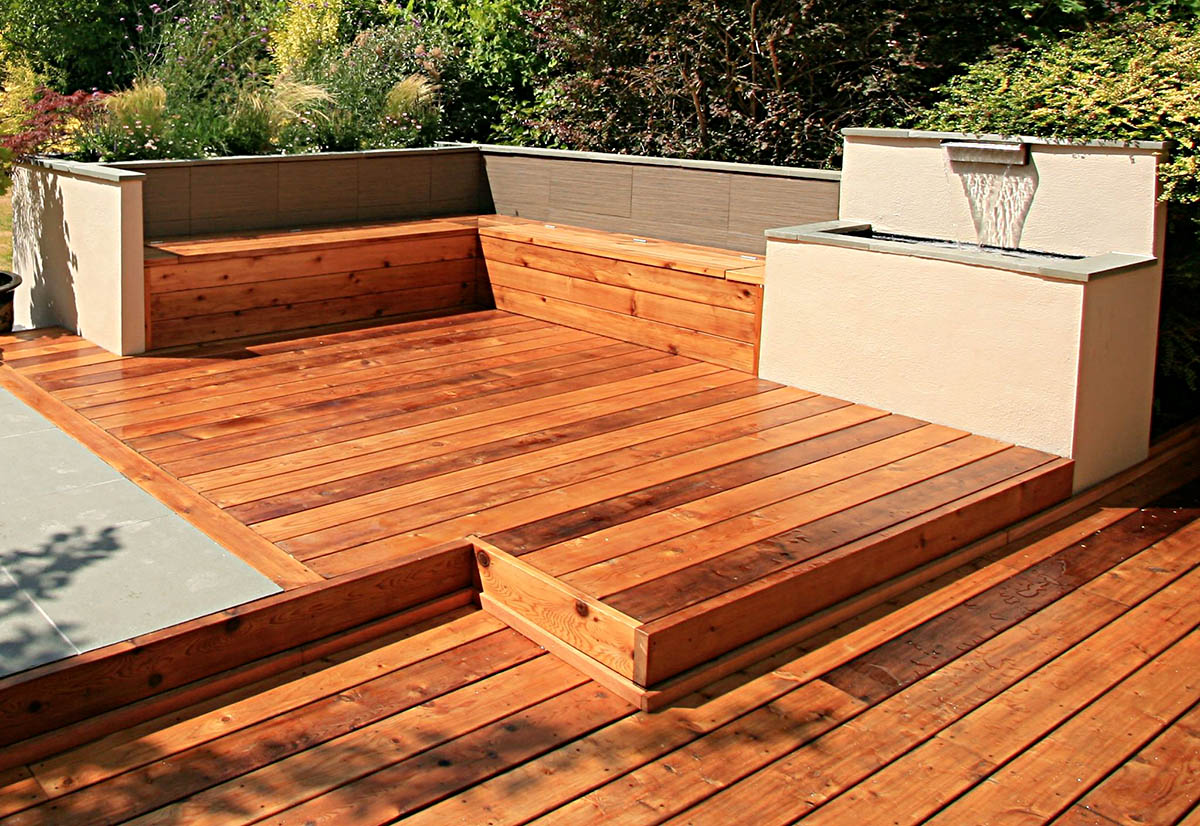
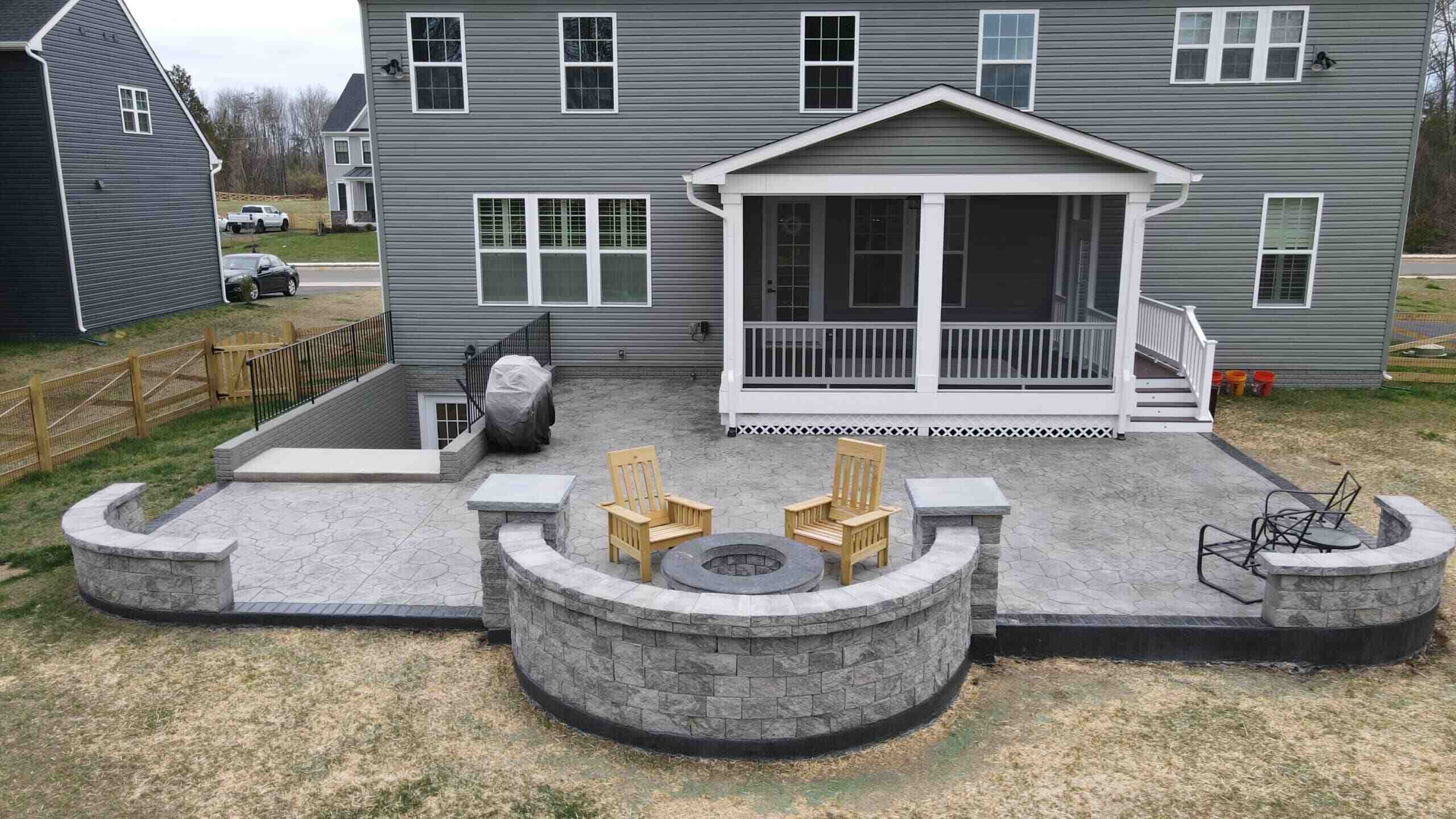
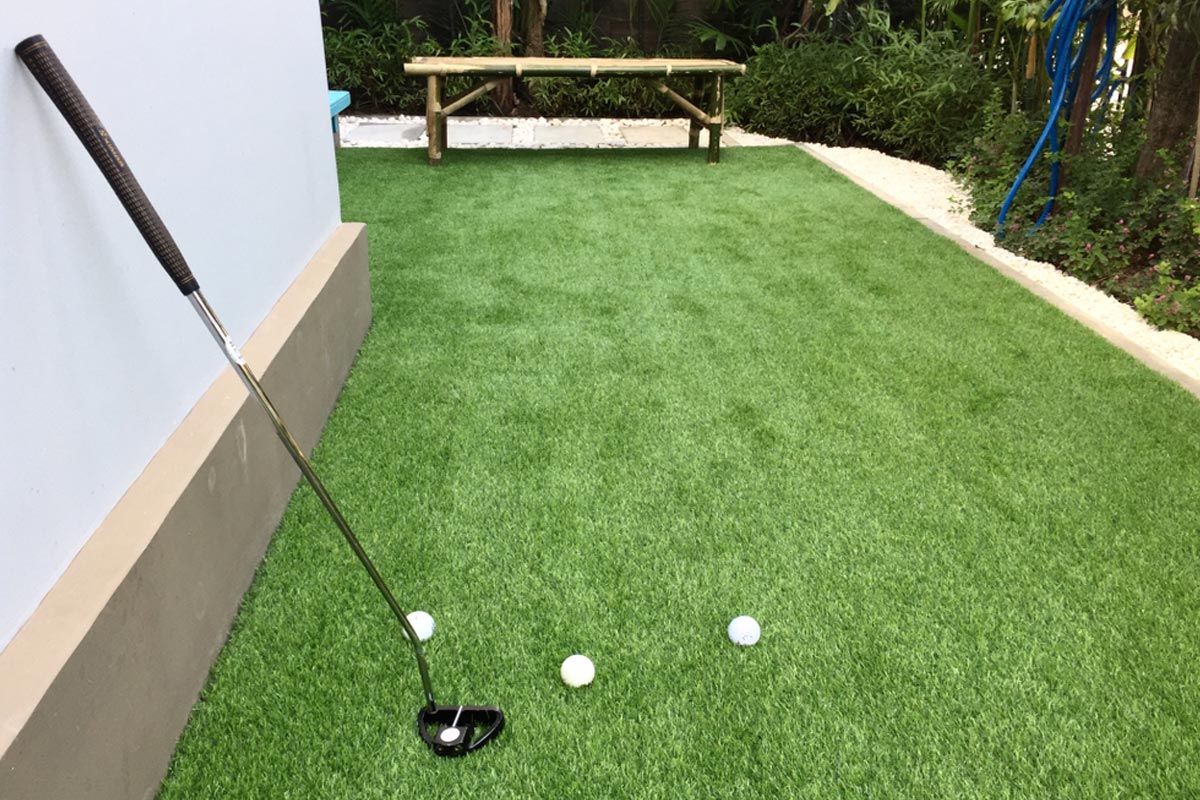
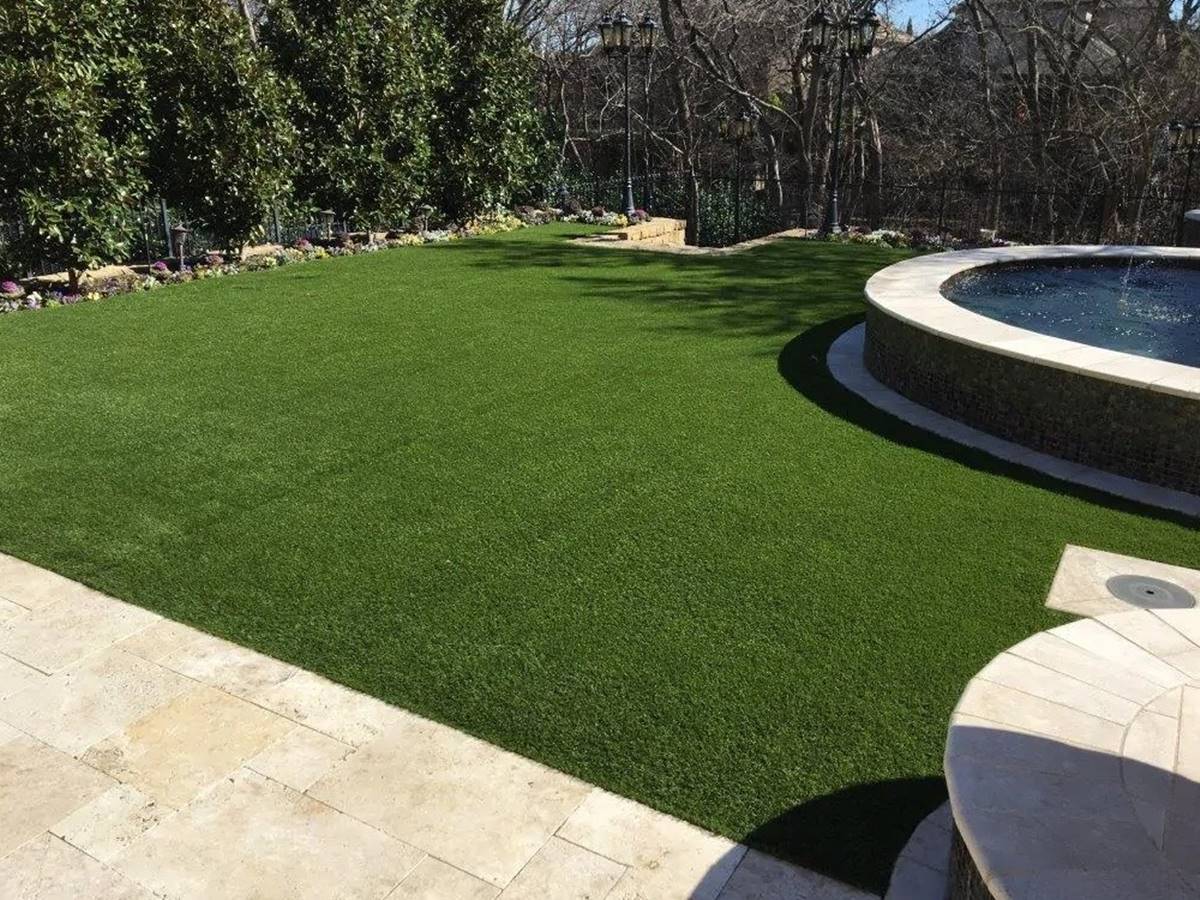
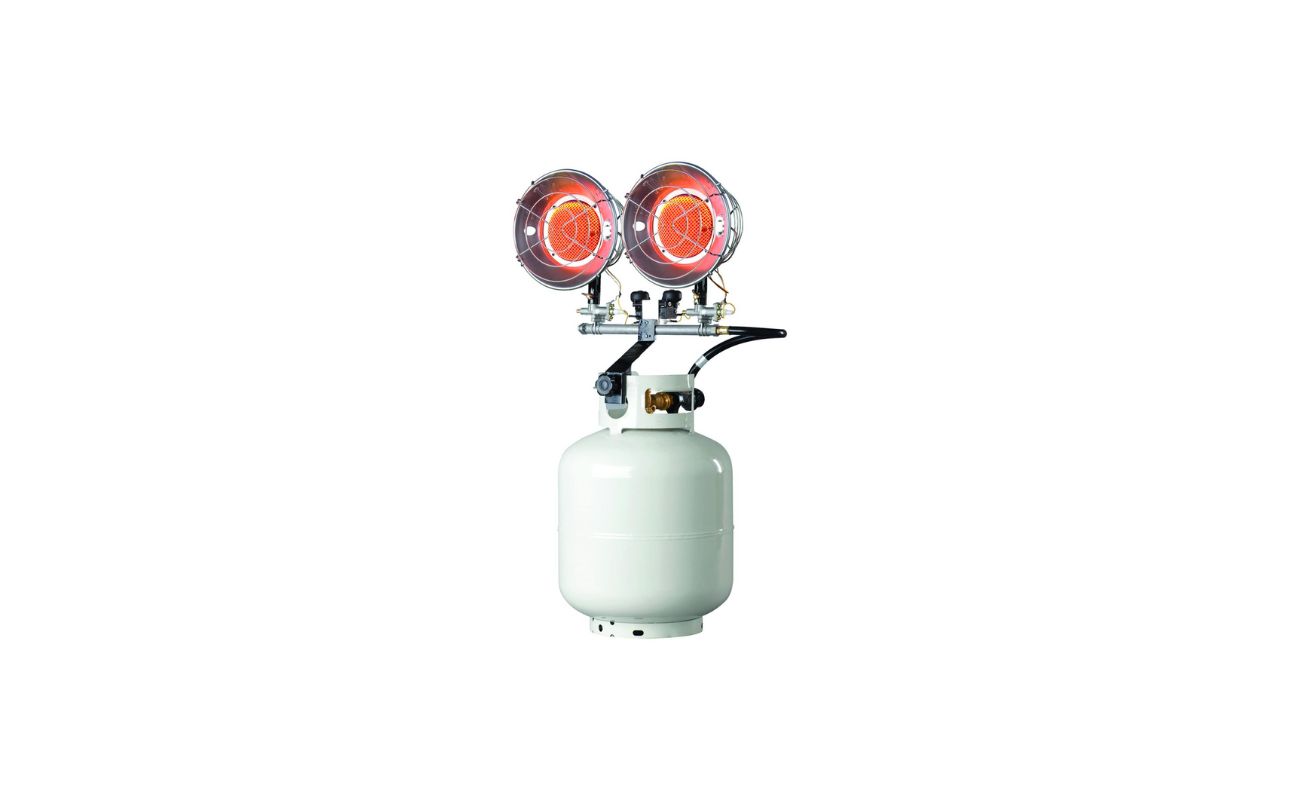
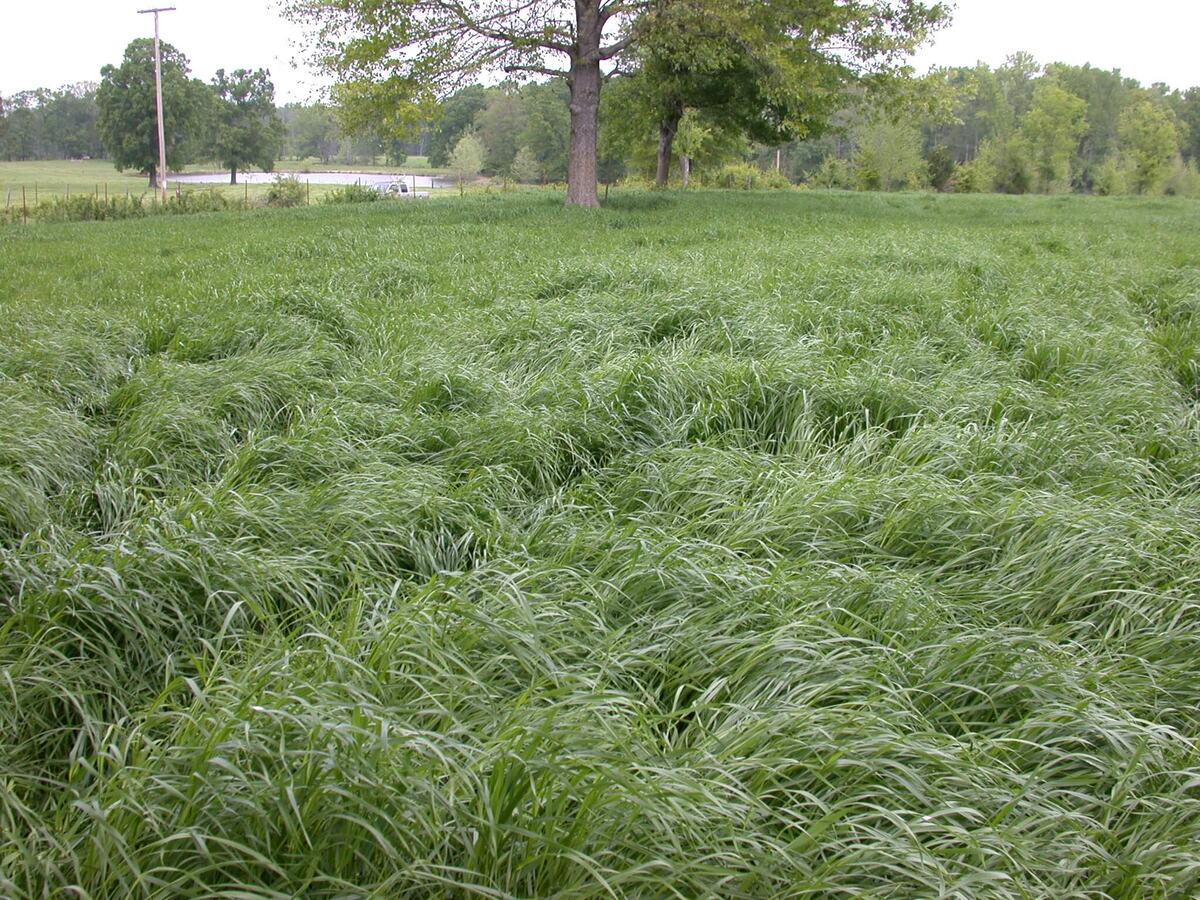
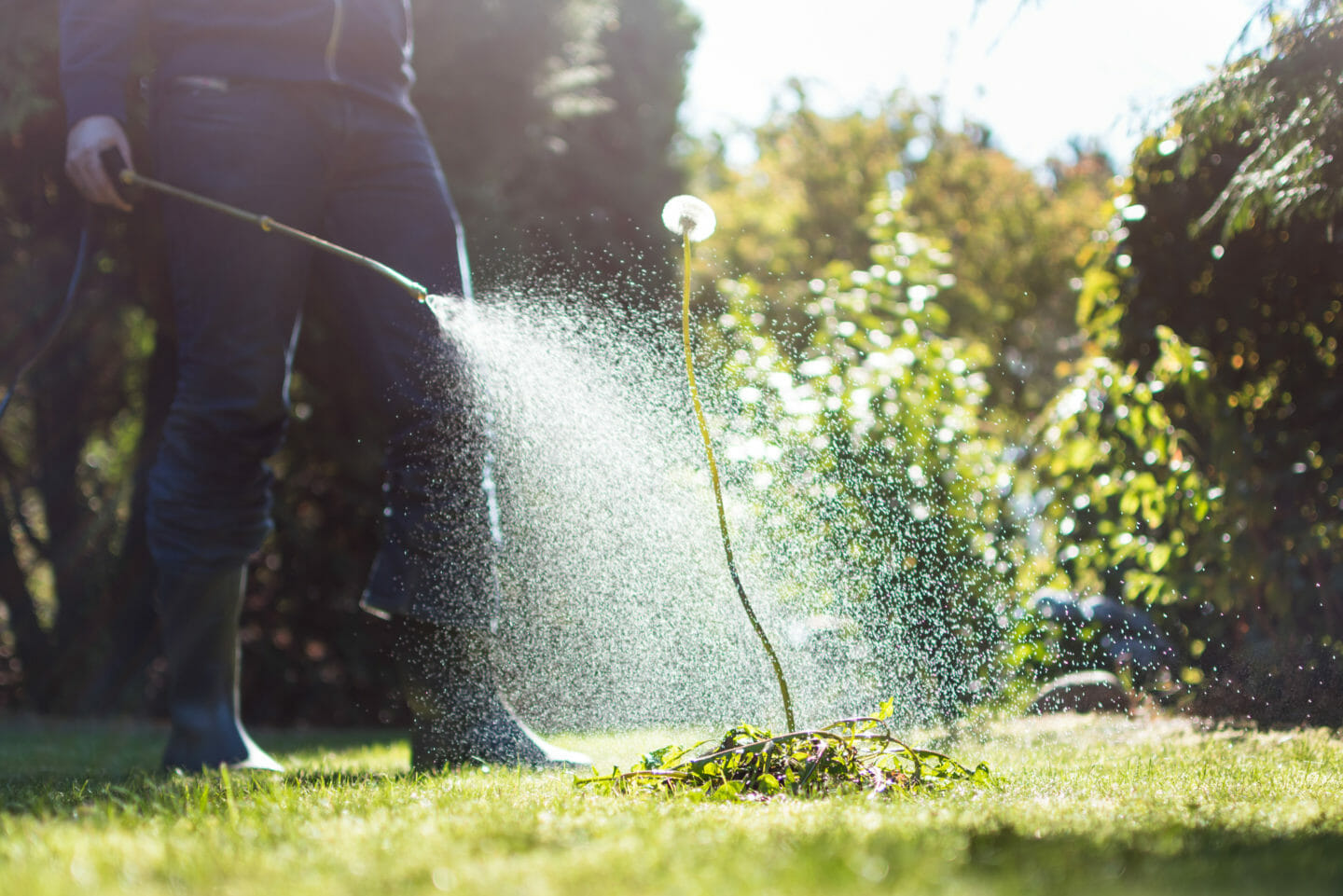
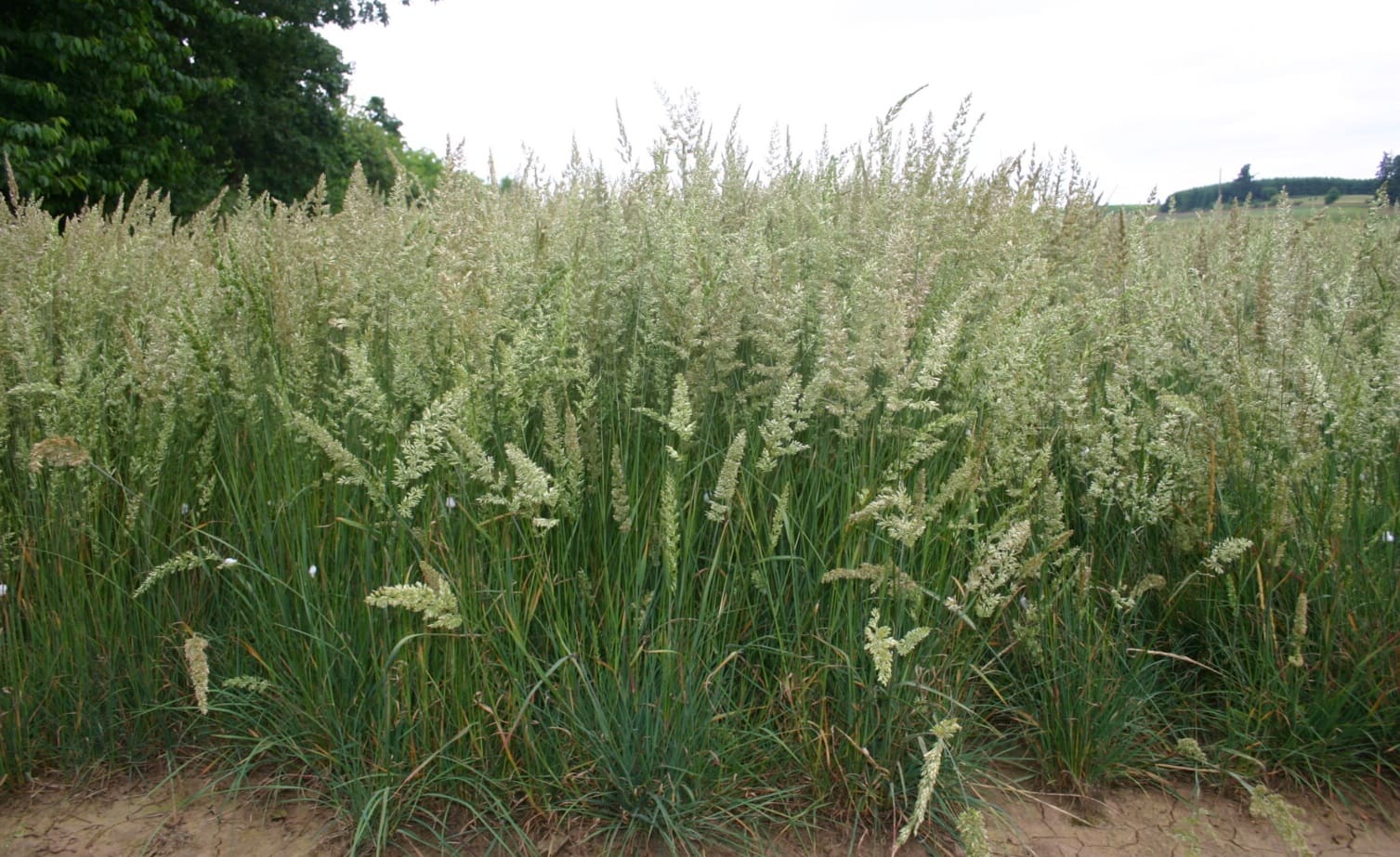
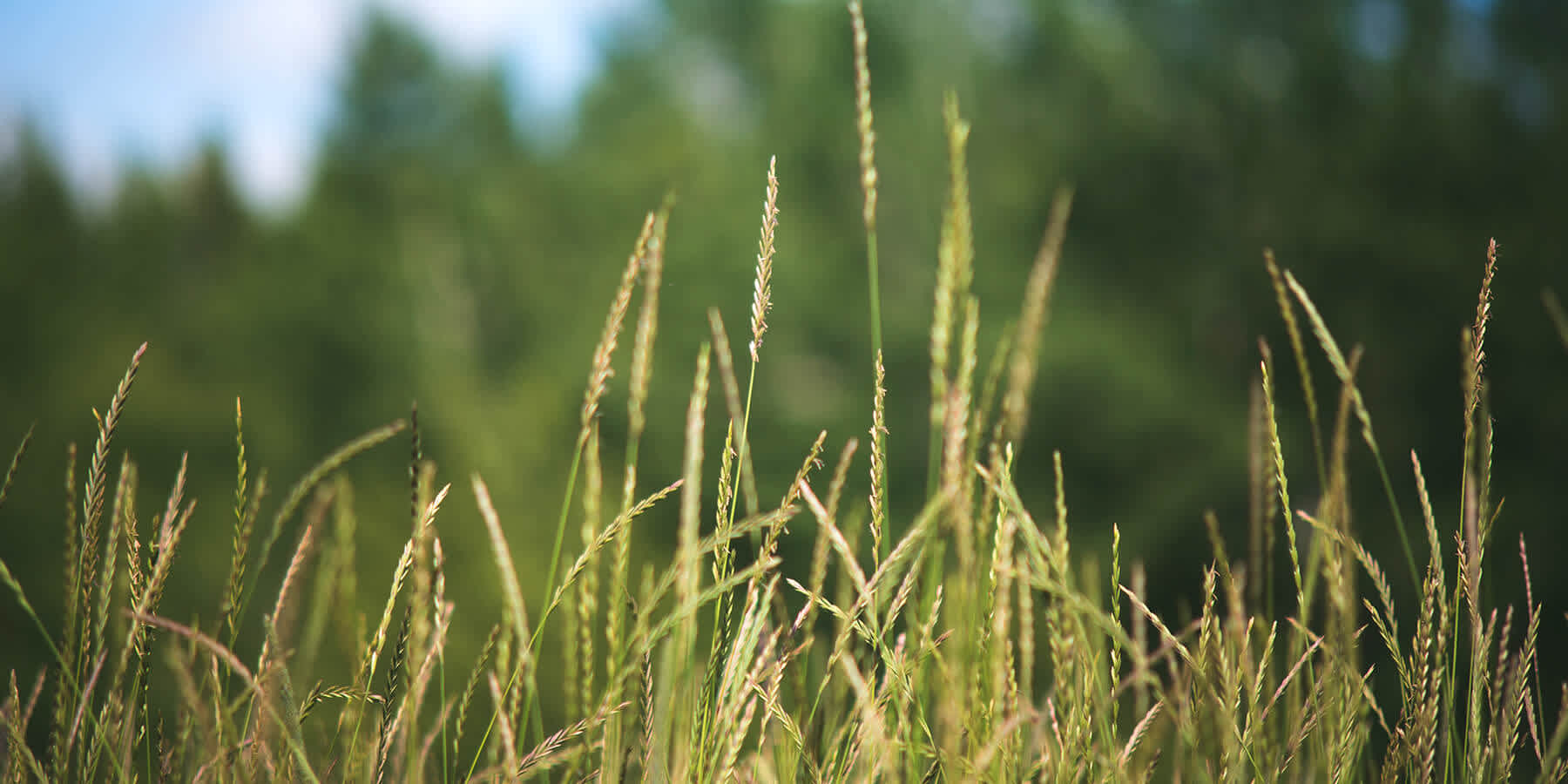
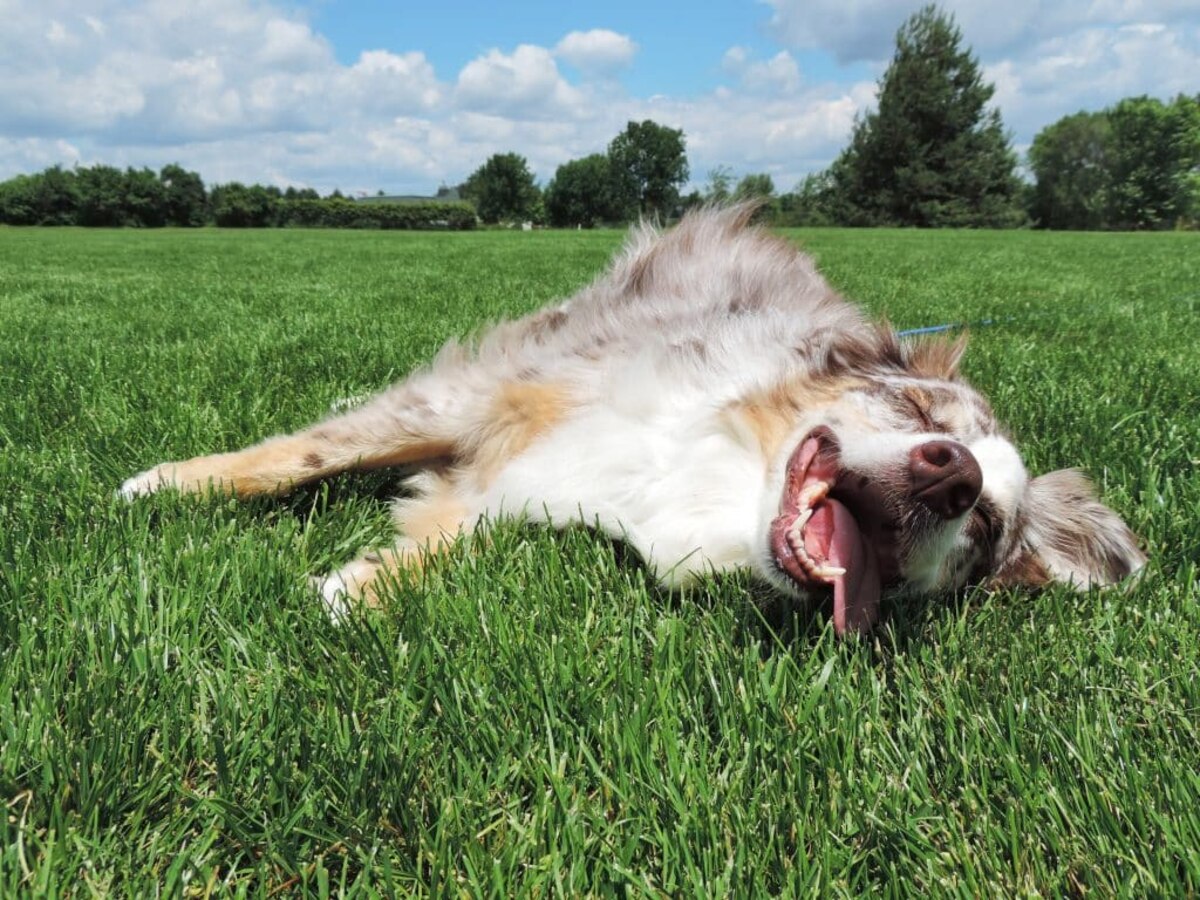
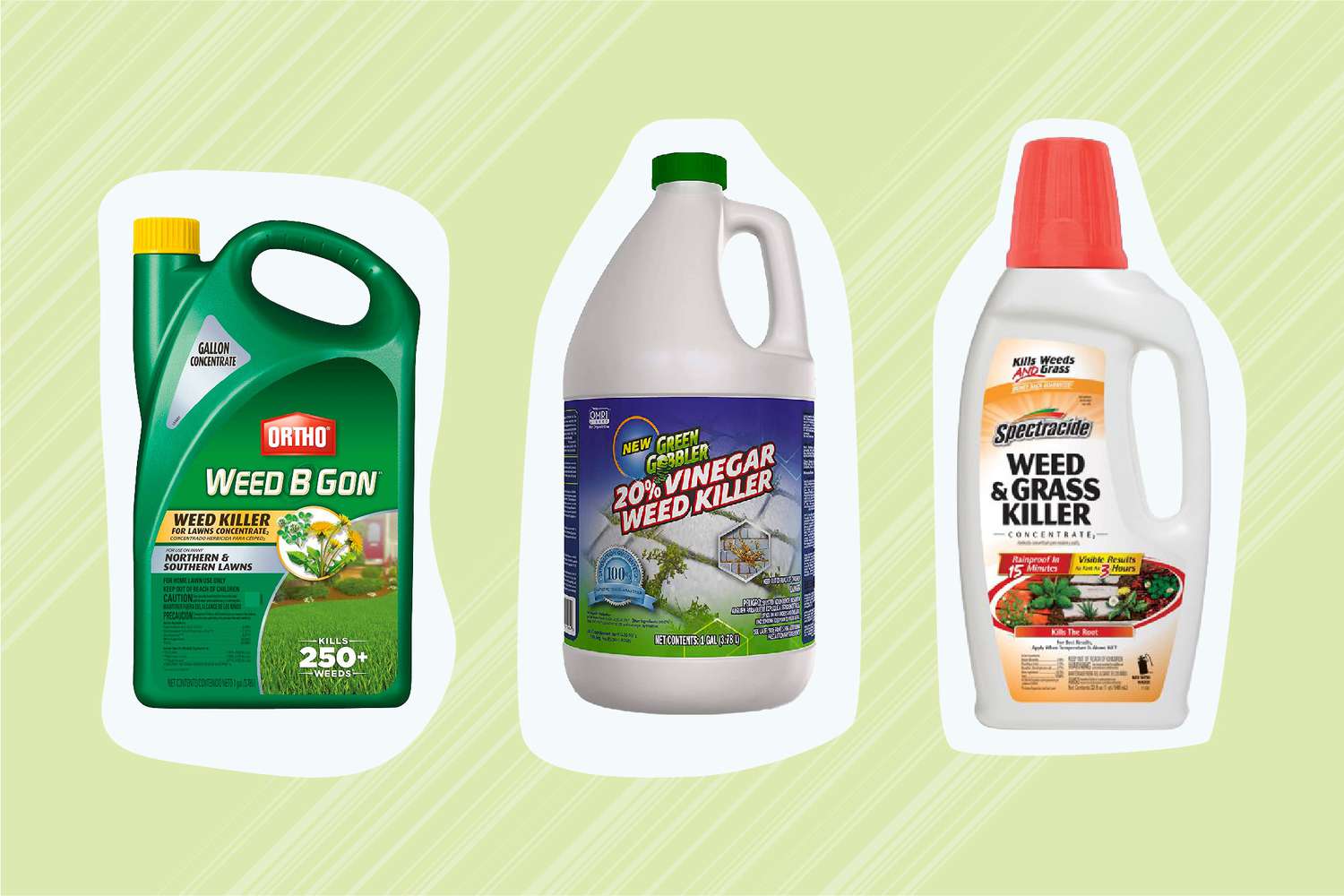
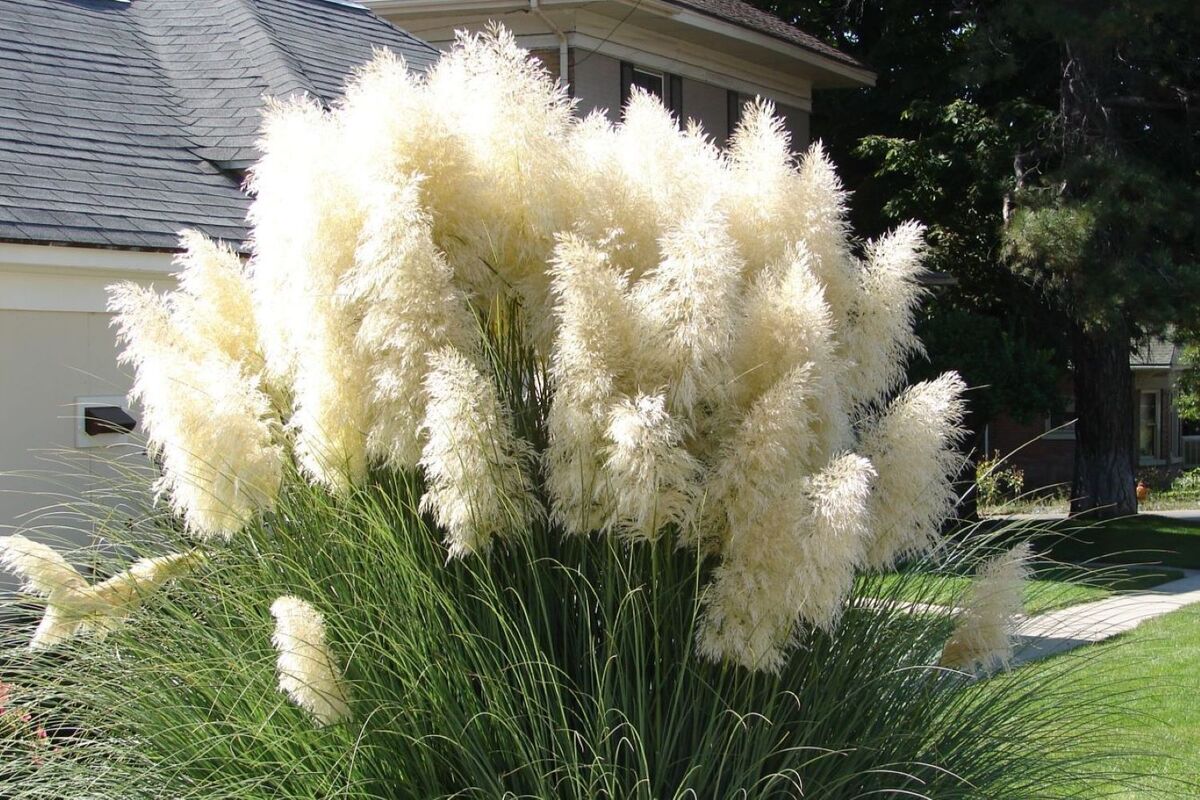

0 thoughts on “How Long Will Artificial Grass Last”